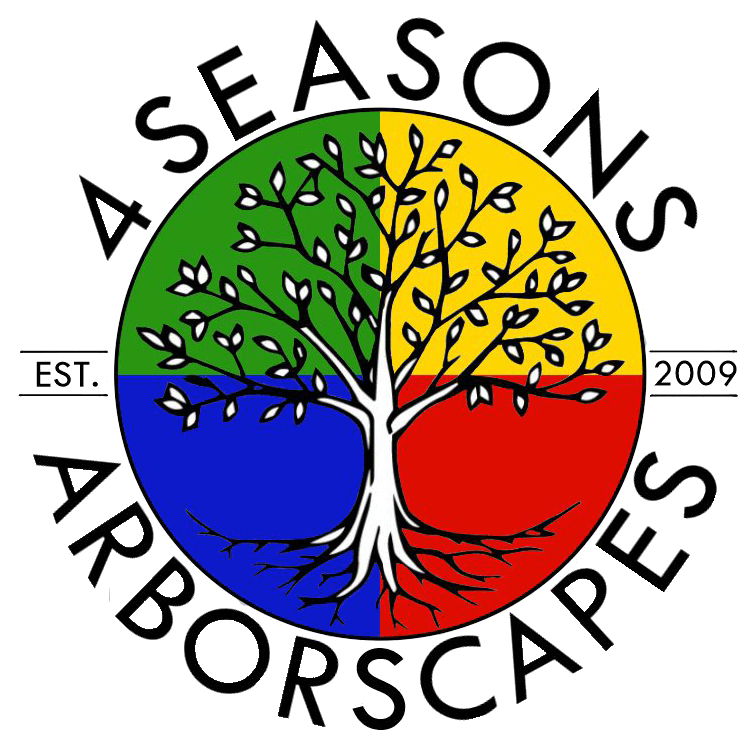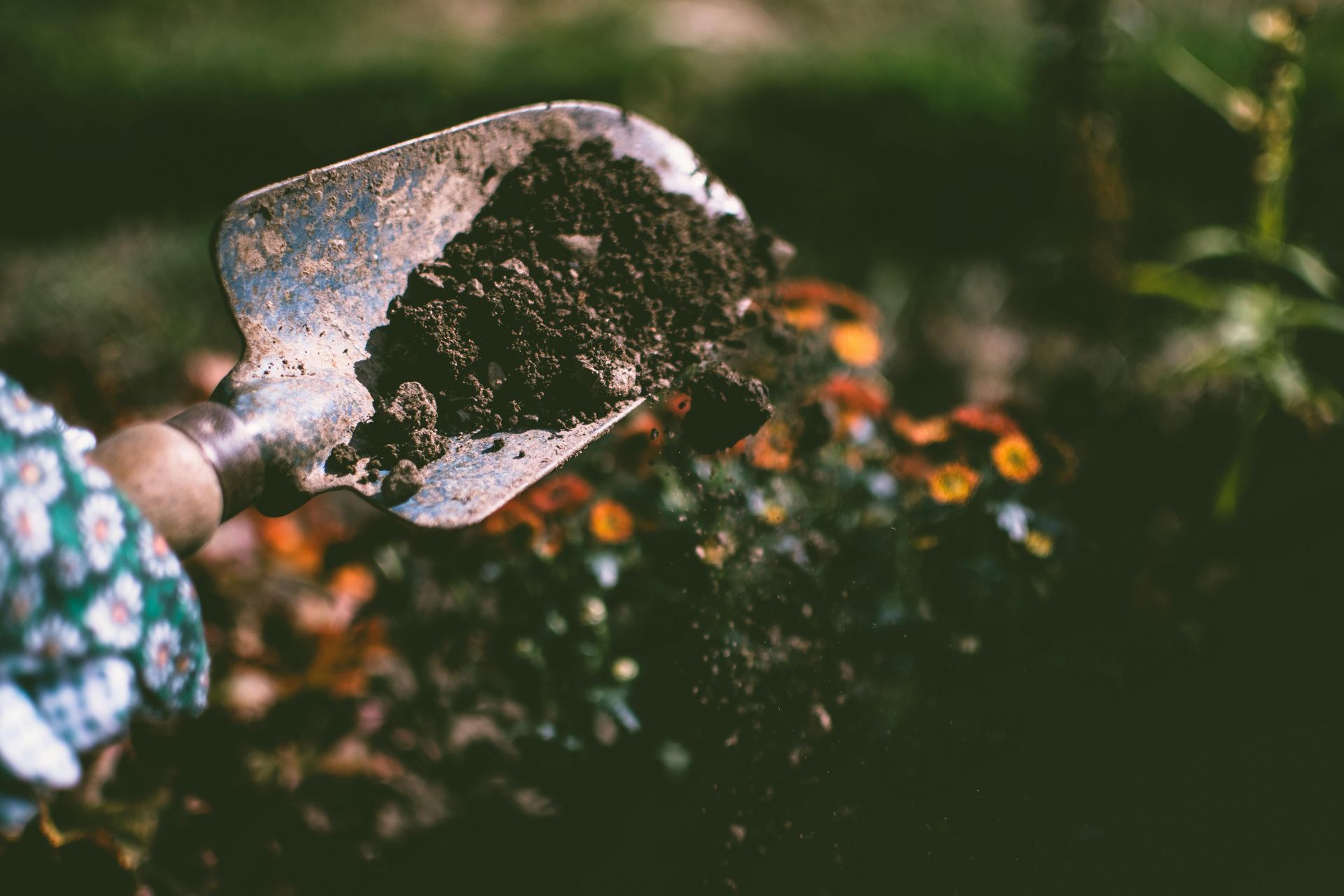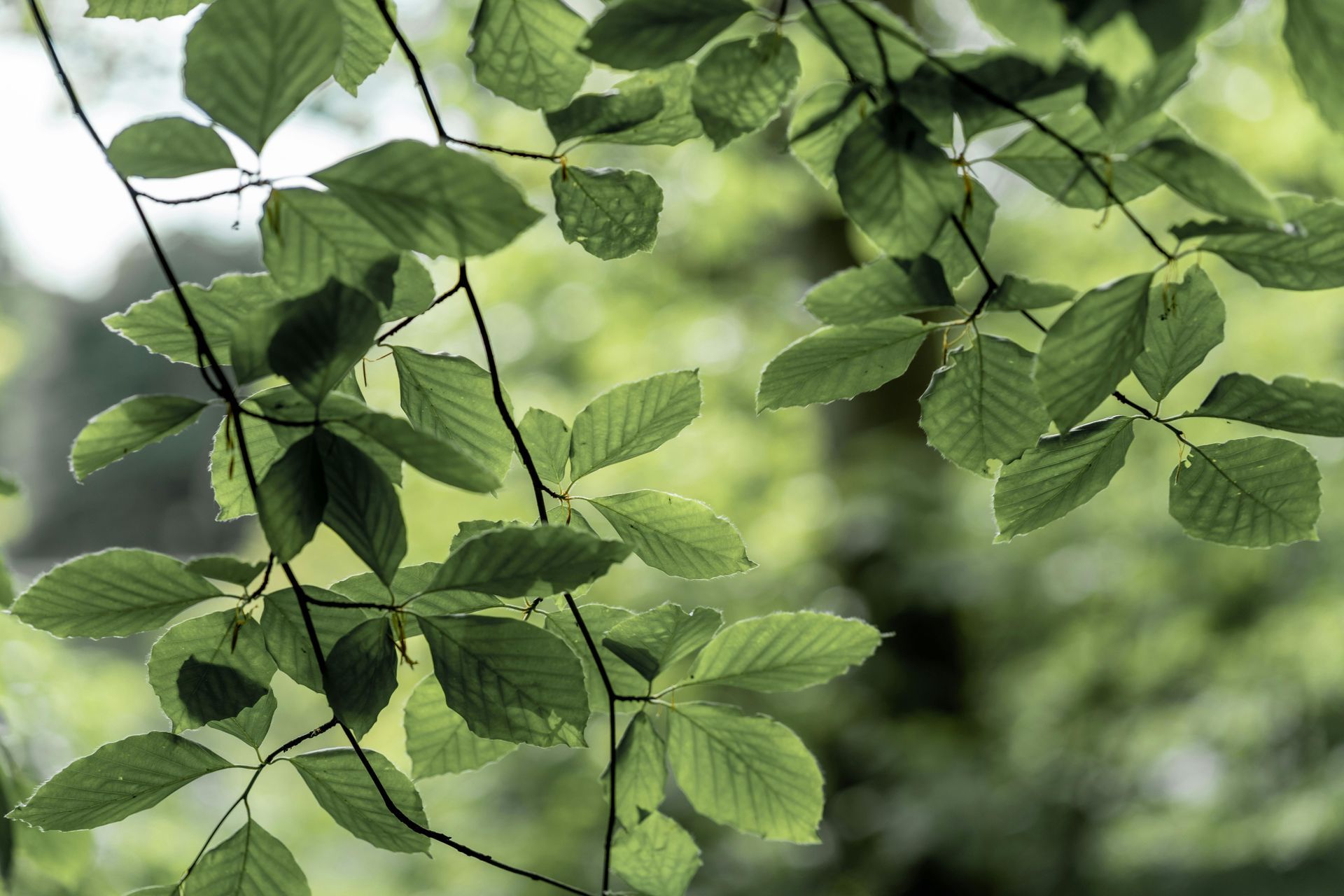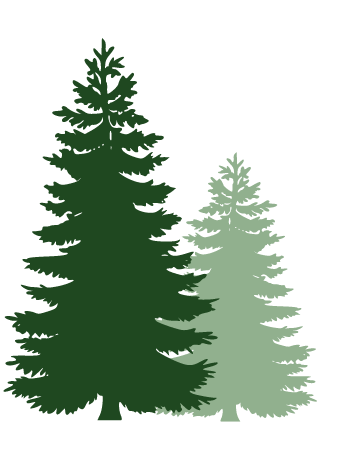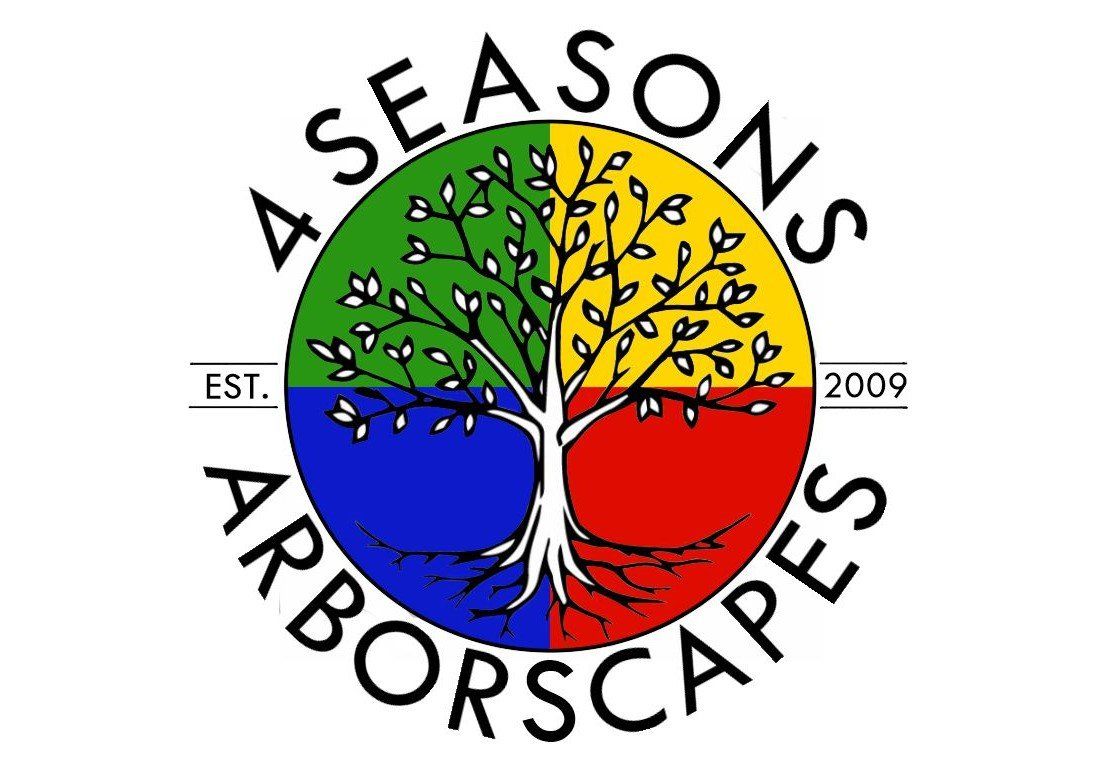Sitka Spruce (Picea sitchensis)
Sitka spruce is a dominant conifer in the coastal forests of Alaska, including the Kachemak Bay area. Sitka spruce forests are popular destinations for outdoor recreation, including hiking, camping, birdwatching, and photography. This species thrives in the cool, moist conditions near the coast. It has a conical shape with a straight trunk and branches that extend horizontally. The needles of Sitka spruce are short, sharp, and stiff. They are arranged individually on the branches and are dark green in color. Sitka spruce produces cylindrical cones and hang downward from the branches and mature in one season, releasing small, winged seeds.
